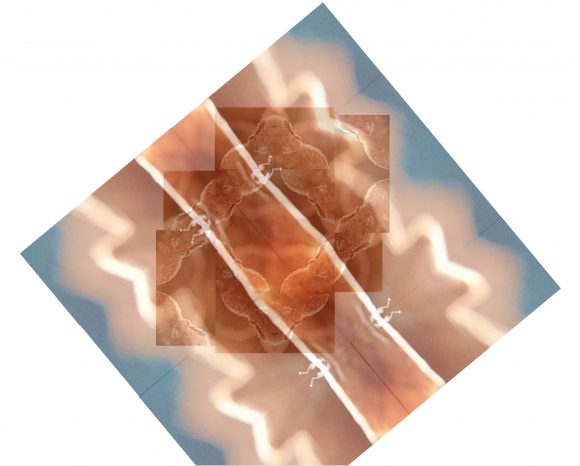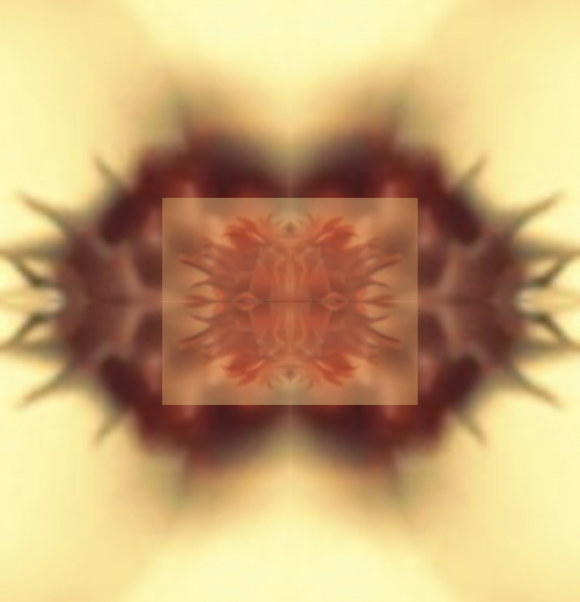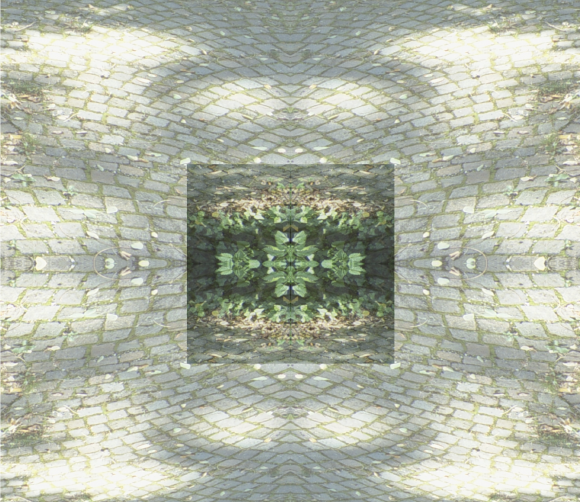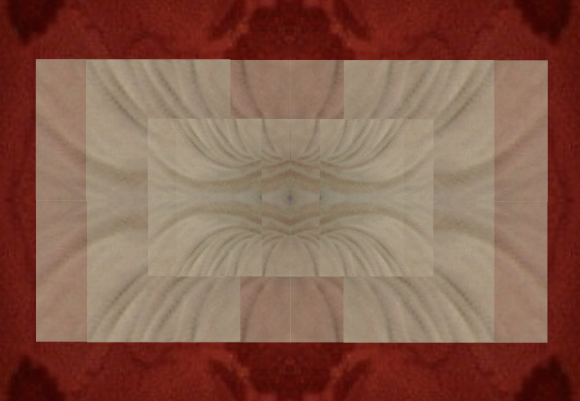
The two-sided archetype of meaning or Sinn seems an unlikely benefactor. After all, is not what this archetype represents something that should best be provided by consciousness itself, particularly in the conscious use of the ‘rational’ psychological functions?








